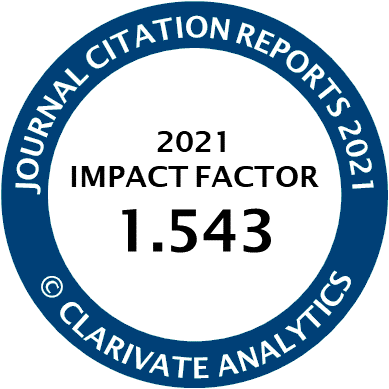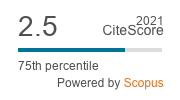Article | Open Access
Aspiring While Waiting: Temporality and Pacing of Ghanaian Stayer Youth’s Migration Aspirations
| Views: | 427 | | | Downloads: | 291 |
Abstract: Many youth in Global South countries, whose parents have migrated abroad while they have stayed, i.e., “stayer youth,” also aspire to migrate. While the current literature depicts stayer youth as “waiting” to emigrate, connoting passivity, recent critical youth studies suggest the importance of centring young people’s agency when focusing on their aspirations and experiences. This article investigates how stayer youth in Ghana “pace” their migration aspirations while “waiting.” By observing how youth change their aspirations over time, we first distinguish between different aspirations according to when youth first aim to migrate. Second, we “follow” stayer youth after their secondary school graduation to understand how they seek to fulfil their migration aspirations and the strategies they adopt therein. We use ethnographic data from 38 Ghanaian “stayer” young people. Our analyses show that stayer youth adapt their decision‐making when they realise some misalignment between their migration aspirations and capabilities. By analysing their adaptation strategies, we emphasise stayer youth’s agency despite structural forces confining them to what has been called “waithood.”
Keywords: Ghana; international parental migration; “left‐behind” youth; migration aspiration; waithood
Published:
Supplementary Files:
© Onallia Esther Osei, Valentina Mazzucato, Karlijn Haagsman. This is an open access article distributed under the terms of the Creative Commons Attribution 4.0 license (http://creativecommons.org/licenses/by/4.0), which permits any use, distribution, and reproduction of the work without further permission provided the original author(s) and source are credited.



